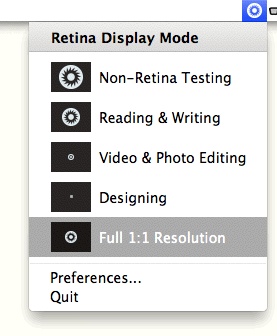In 2015 Solar-Tectic (www.solar-tectic.com) announced plans to develop sapphire glass. Now the company has announced that it’s succeeded in developing this sapphire glass using its patent pending technique, which was reported on in “Materials Letters,” a peer reviewed journal.
The new sapphire glass technique involves the deposition of a highly transparent crystalline Al2O3 (aluminum oxide) thin-film on ordinary soda-lime glass, via a thin buffer layer, using a simple and common deposition technique (e-beam evaporation), thus achieving a breakthrough material which is much less expensive and much lighter than single crystal sapphire, and easily scalable for manufacturing and commercialization.
The sapphire film is extremely thin which is important for cost reduction in manufacturing. In recent years Apple Inc. and others have tried without success in making cost effective sapphire glass for smartphone covers.
In addition to anti-scratch, ceramic glass products are an important part of ST solar technology since they can be used for the deposition of highly textured (oriented), good quality semiconductor films on inexpensive substrates for efficient photovoltaic, display, and LED electronics. ST ceramic glass can also be conducting, as in the case of titanium nitride (TiN) for example. A distinguishing feature of ST’s approach is to make films that have “texture” or preferential orientation which means the crystals in the films are aligned — greatly improving the electronic properties of materials.
The new sapphire glass has a MOHS 8 (verified by a 3rd party independent institution). Single crystal sapphire has a MOHS 9. Therefore, the ST sapphire glass is close to single crystal sapphire in hardness. This is the first time this hardness has ever been achieved on ordinary soda-lime glass. Al2O3 is one of the hardest materials known, second only to diamond.
ST is also developing this approach using laser instead of e-beam. ST will be optimizing the films with the aim of achieving MOHS 9, and all kinds of glass substrates can be used in the process, including quartz.



